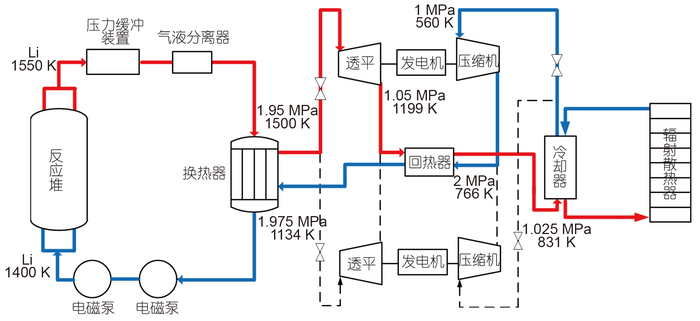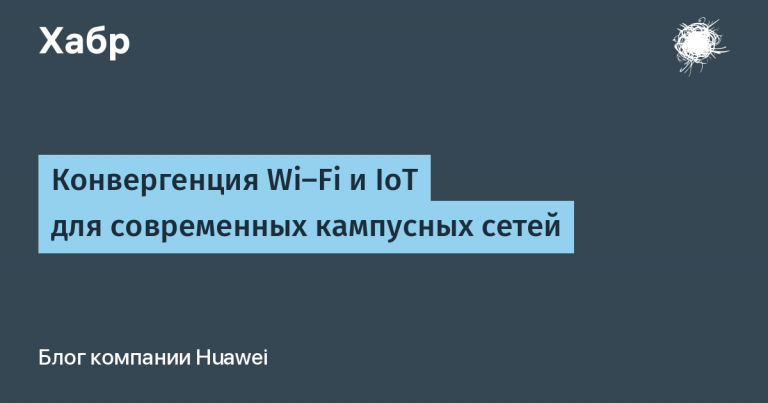What are China's real successes in the field of nuclear space energy?
I have long wanted to watch something meaningful on Chinese nuclear space energy. Finally, something like this came across. The world media blasted news, published by the Hong Kong edition of the South China Morning Post, about the successful testing of a land-based model of a 1.5 MW nuclear power plant. From content to news.
1) More than 10 institutes took part in the work.
2) The prototype lithium-cooled nuclear reactor system has undergone some initial ground testing.
3) The operating temperature of the reactor is 1276 C.
The photo below shows the installation on which the tests were carried out. Inscription on top: “Innovate or perish. No excuses.”.

Let's go to the source – article “Design of a megawatt lithium-cooled space nuclear reactor” Chinese journal “Nuclear Science and Technology” (machine translation was used).
annotation
“The technical design of a small megawatt-class lithium-cooled space reactor used in conjunction with a Brayton cycle power conversion system that is lightweight and durable is developed. The key technologies involved in the design are reviewed.”
Introduction
Justification of the need for work.
“As the space competition situation becomes more serious, the functionality and performance requirements of spacecraft and space equipment are gradually increasing. The demand for powerful and reliable power supply is gradually increasing.”
“Provides a design for a megawatt lithium-cooled space reactor. Focuses on design ideas and concepts. Provides a design plan for some key components and outlines progress in the development and experimental testing of proof-of-concept and prototypes.”
Main part
“The method of cooling the reactor system with a liquid metal circuit has a significant weight advantage,” which is why it was chosen.
“The machine heat-to-electricity conversion system uses a helium-xenon generator set that produces 1.55 MW of power. The net electrical power is 1.5 MW. The system has a design life of at least 10 years.”
“To reduce the overall weight of the system, given that the radiator refrigerator is proportional to the fourth power of temperature, the temperature of the radiated heat dissipation is artificially increased. The weight of the radiated heat dissipation system is reduced, but this also leads to a certain loss of power generation efficiency. After comprehensive optimization, the compressor inlet temperature is selected 560 K. The turbine inlet temperature is 1500 K. The cycle efficiency of the power generation system is 25.79%. The radiative cooling system uses mercury-potassium heat pipes with radiative cooling fins.” (Thermal diagram in the figure below.)

Distribution of various elements by mass (in kg).
Core and primary circuit – 656
Radiation shield – 1267
Power generation system – 2660
Radiation cooling system – 2759
Other – 524
Total weight – 7866
experimental part
The experiments were conducted to “verify key equipment of the lithium-cooled space reactor system, test the operation of the main lithium-cooled loop and Brayton cycle power generation, and test high-temperature materials for corrosion resistance.”
Conclusion
“The actual needs for the use of megawatt-class space reactors in our country are expected around 2035-2050.”
Financing
Funded by the National R&D Key Plan Project (Number: 2018YFB1900600)

Impression
The object for “writing off” was the American project “Prometheus” from 20 years ago. The text contains a huge number of references to it; the selection of all key technical solutions was repeated.
What is striking is that the Chinese take many American advertising brochures of the 90s seriously and incorporate the indicators promised in them into their project.
There are very few references to Russian works in the text. They only highlight the differences. Moreover, they are not emphasized in this way: “The Russians do it this way, and we do it this way”. The differences are discussed in the following style: “The entire civilized world, including us, does this, and only these Russians do it differently.”. This is not said literally, of course. And maybe it’s all about machine translation. But that's the impression.
And finally, a comparison with Russian works. An example of a similar Russian article from 2020. In terms of the level of Russian and Chinese work, it makes no sense to compare: we are so far ahead now.
Such Russian scientific articles pass without any attention from the media, both Russian and world. And China’s modest successes are discussed and welcomed by the whole world. Why did it happen?




